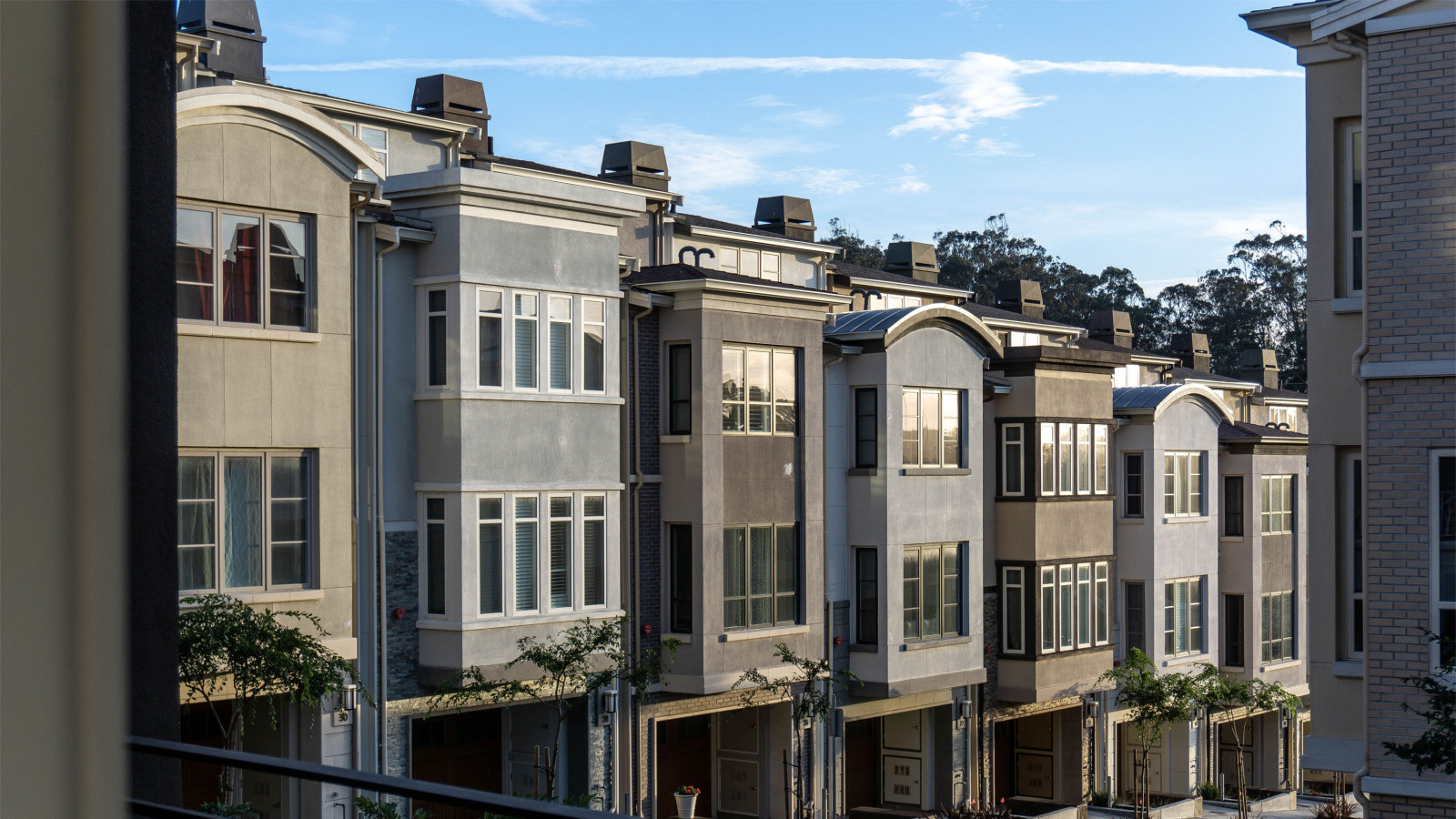At the end of last week I was lucky enough to attend Constructive, the annual conference for the Master Builders. There were over 200 very masterful builders there and it is clear that the future of the country is in some very talented and careful hands, with an array of interesting and timely presentations on what to do about the upcoming downturn. The general consensus seemed to be that despite the loosening of house prices recently, we were not likely to be heading towards a crash and most of the companies represented had very full order books for the year ahead.
But there was one aspect where things were not quite so rosy. I noticed that every time people were talking about Medium Density Housing (MDH), there was an equating of this by some present, to mean a potential future social problem. The word “slum” came up in conversations all too often. It really worries me that some people see MDH that way.
Let’s briefly examine what the word slum means. The United Nations defines a slum as when housing is overcrowded, with more than two adults having to share a bedroom, and when washing and toilet facilities are over-crowded and insanitary. In my mind, when I think about slum conditions, I see corrugated iron shanty towns on the edge of major cities in the third world, where sewerage runs down the streets outside and small children are desperately poor and badly educated. It is clear to me that despite Wellington City Council’s widely publicised problems with our sewer drain network, we are not yet at the stage of being declared a slum, even if corrugated iron is still a highly popular building material, and where three adults sharing a bedroom is still a voluntary lifestyle choice and not because of slum conditions.
The aspect of over-crowding is, however, one thing that is within our control and the recently passed Medium Density Residential Standards (MDRS) are meant to address that. Sadly though, if implemented as is, the MDRS are likely to make things worse and not better. Everyone is waiting to see just how bad it is going to get. MDRS will enable a new wave of housing that is more dense than any housing we have ever seen before, with the S in MDRS seemingly meaning “a clear lack of Standards”. If placed in the hands of skilled designers and benevolent developers, we will no doubt see some wonderful examples of carefully thought out townhouse living, with warm and friendly communities bonding around generous open spaces and quality buildings. But in the cases where designers are not so skilled and developers are concentrating only on the money to be made, I fear that we will see some shockers. In fact, from all accounts, we are seeing some shockers already, and the MDRS are not even in play yet.
As a country on the brink of facing this massive change in the build-up of our major cities, we are facing a mandated jump in density from our past lackadaisical attitude of “one house, one section” to a vastly different paradigm. Three houses on one section, all three to four storeys high, in a building envelope with 60º height restriction planes, will produce a city that looks and performs in a vastly different manner to what we have been used to in the past. General Residential Zones have largely been replaced by Medium Density Zones, not just in Wellington but right out to the outskirts of Kapiti Coast, Porirua and both of the Hutts, while Auckland is now designated not just a Super City, but a Medium Density Super City instead. Not only that, but housing around our few Rapid Transit routes will now be sprouting apartment buildings six or ten storeys tall. We may even get some Public Transport that deserves the name Rapid, although in Wellington and Christchurch, don’t hold your breath on that.
So, now more than ever before, we need to be building better MDH, rather than worse. How are we going to do that, I hear you ask? Well, you can start off by registering for a copy of Medium, the technical design guide that we published this year. In Medium, we examine what MDH really is, discussing density and the missing middle, the planning of staircases and access ways, look at clip-on balconies and built-in bathroom plumbing voids, and showcase four excellent case studies for the way forward. Most of all though, we look at some new and exciting structural solutions for ordinary elements that need to be build extraordinarily well, like inter-tenancy walls (ITW) and inter-tenancy floors (ITF), terms that you will become increasingly aware of over the upcoming years.
Register and receive your copy of Medium and work with me in helping design an Aotearoa that we can all be proud of, where MDH is celebrated for its quality and its brilliance in housing New Zealand’s citizens and not hidden away to be ashamed of. These homes we build are around for the next 50-100 years and we have just this one chance to get it right. Medium IS the message — make sure that your medium comes out great, and not average.




























 Most Popular
Most Popular Popular Products
Popular Products


